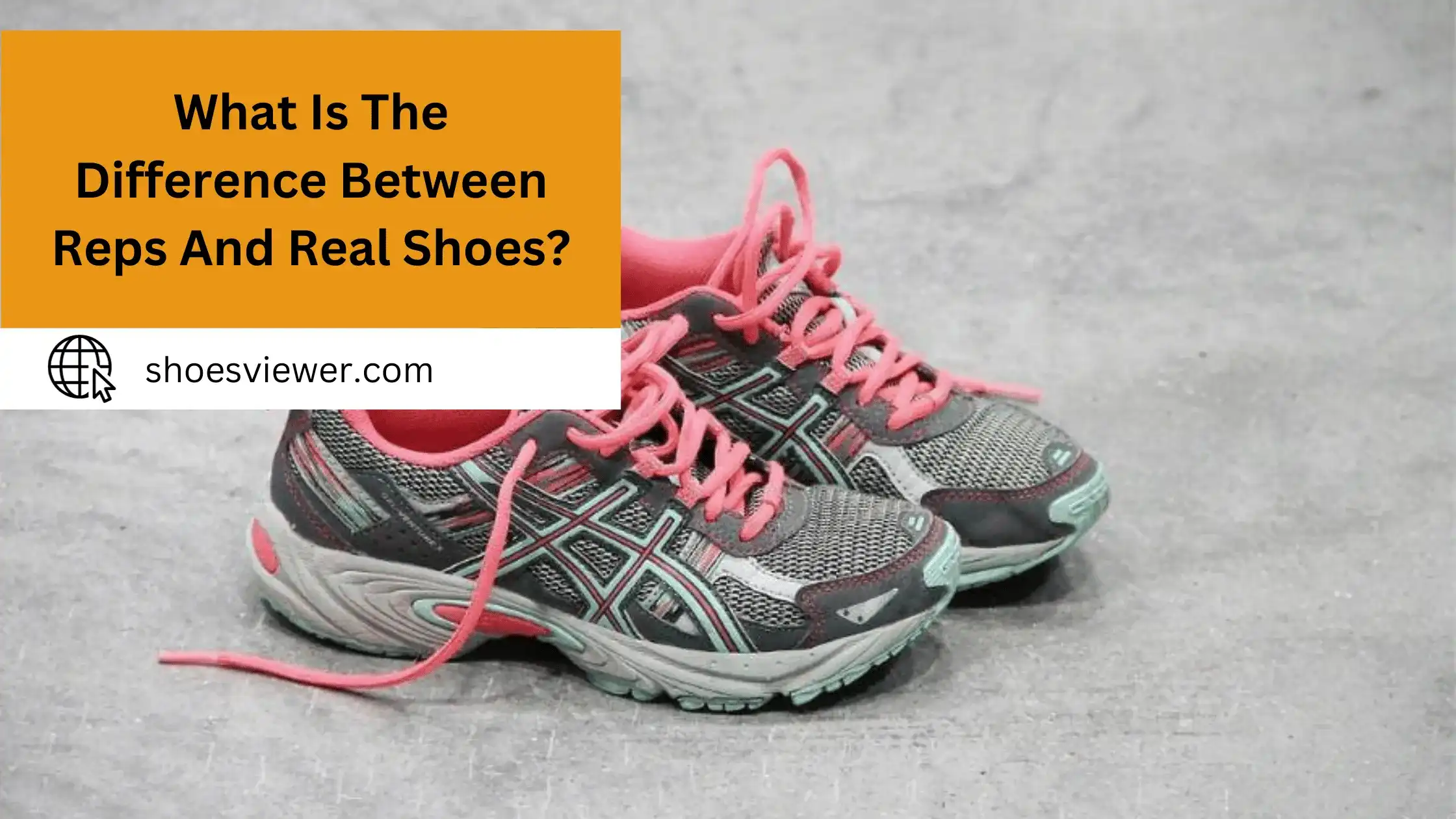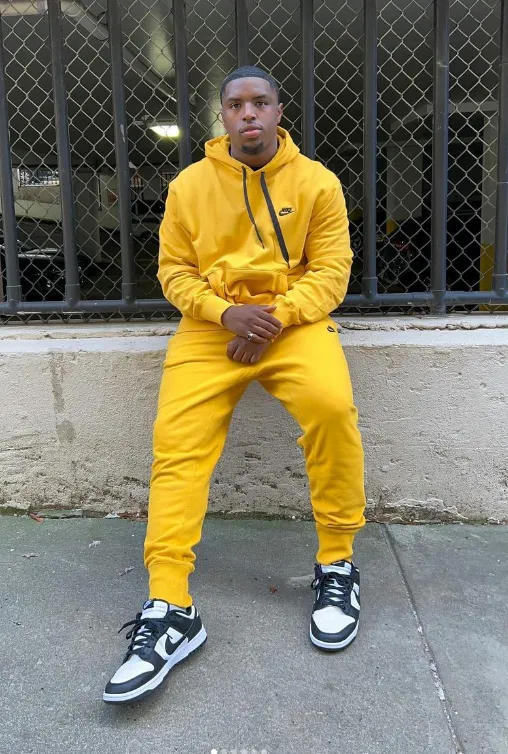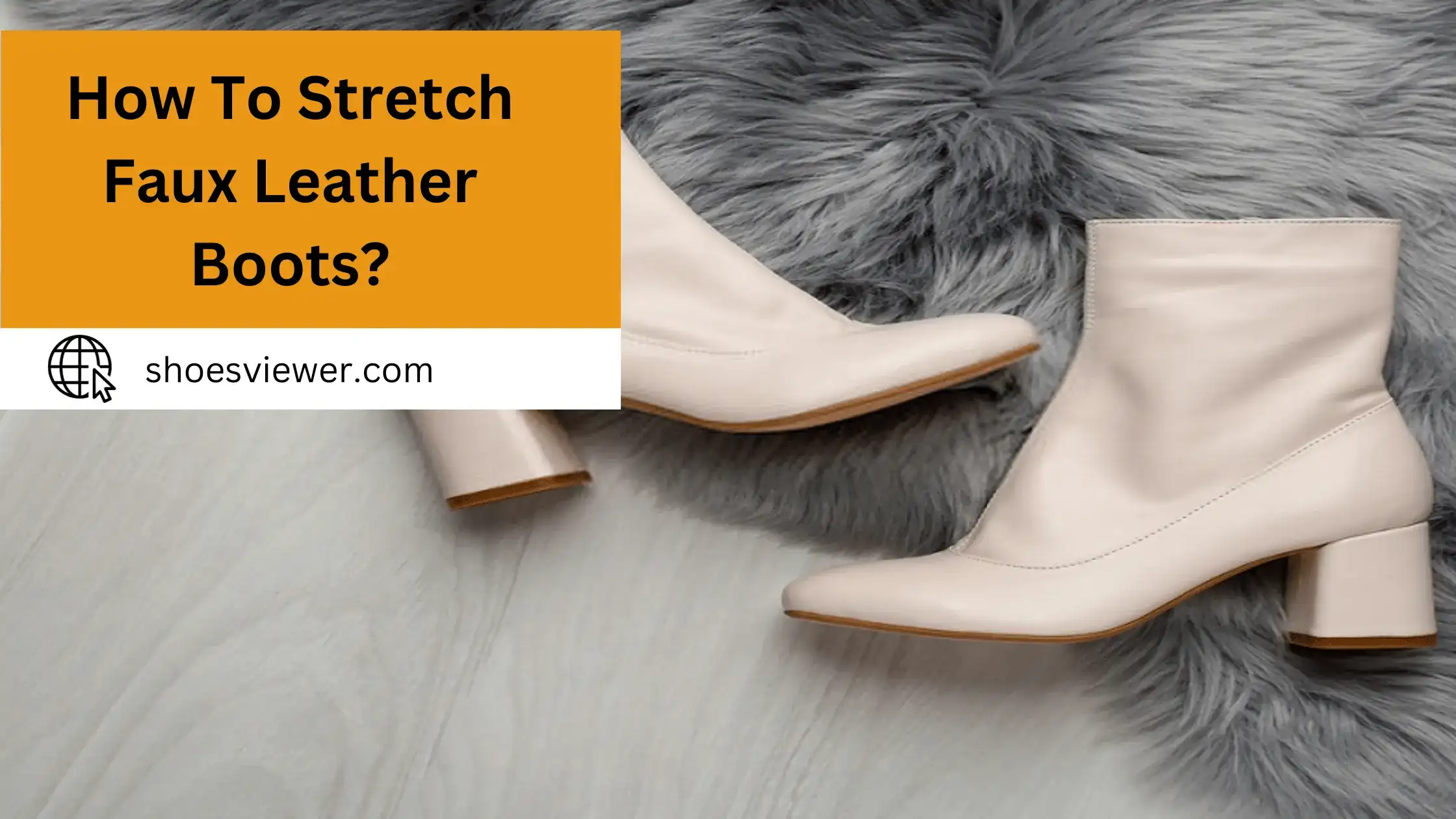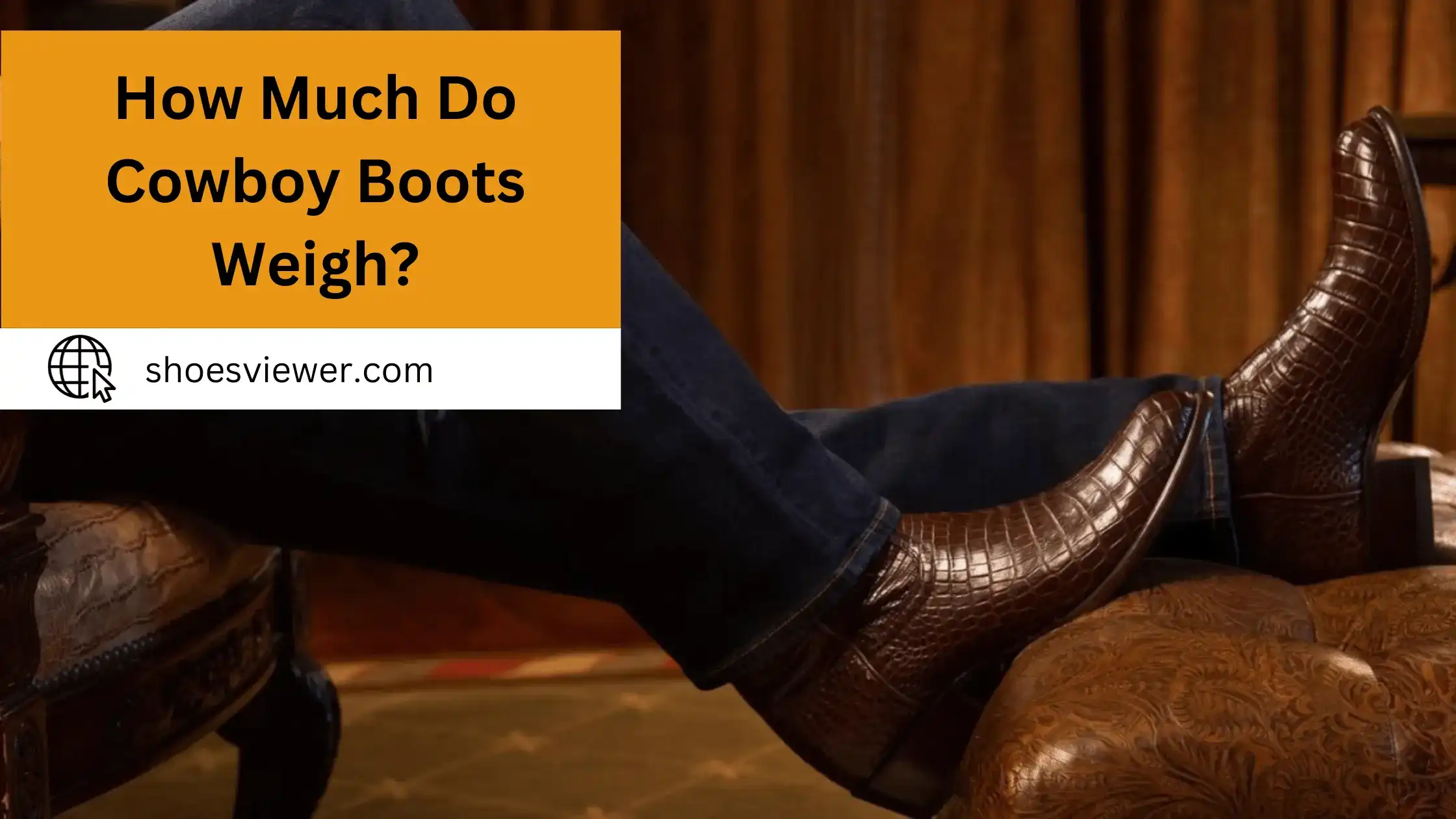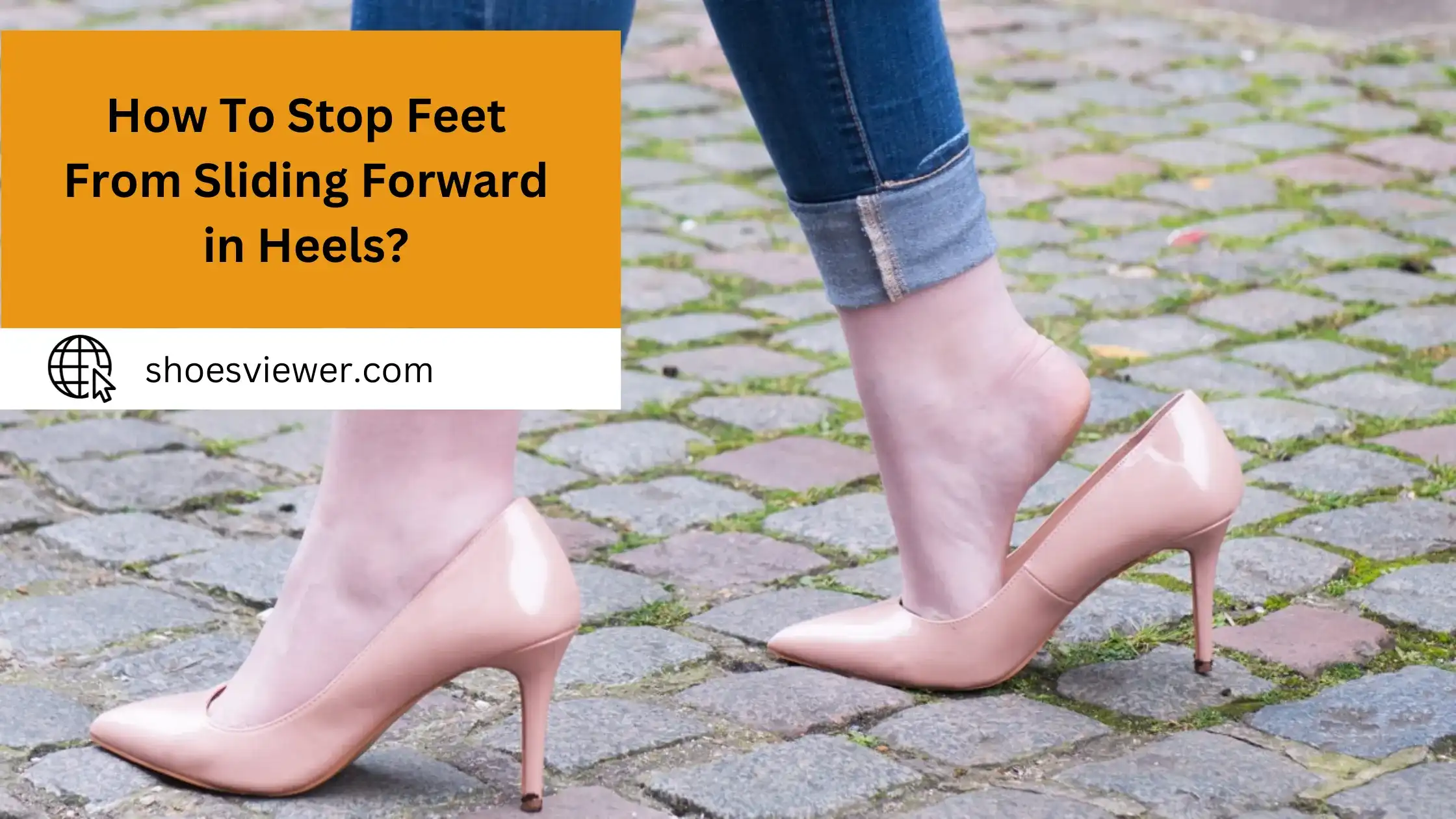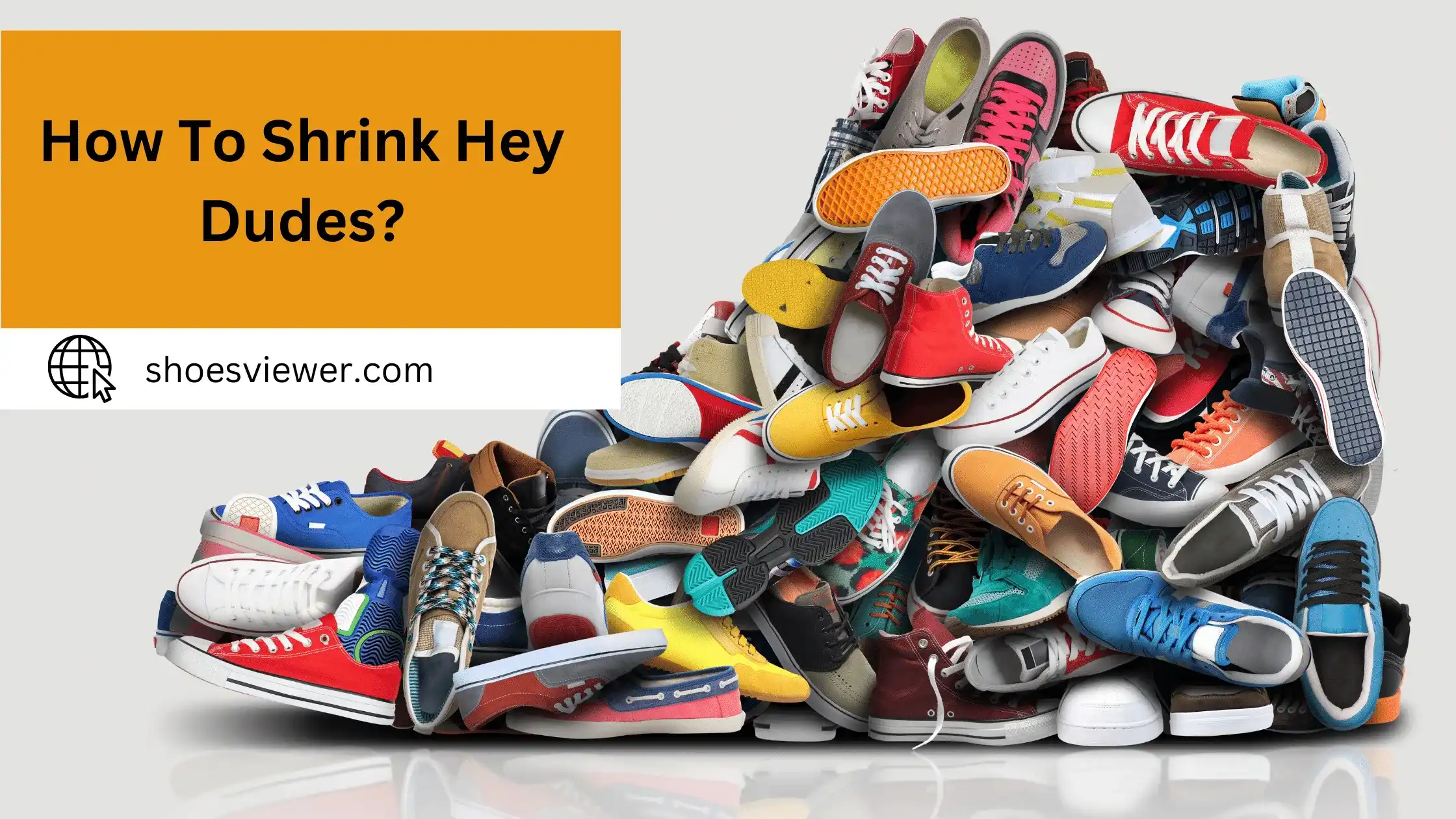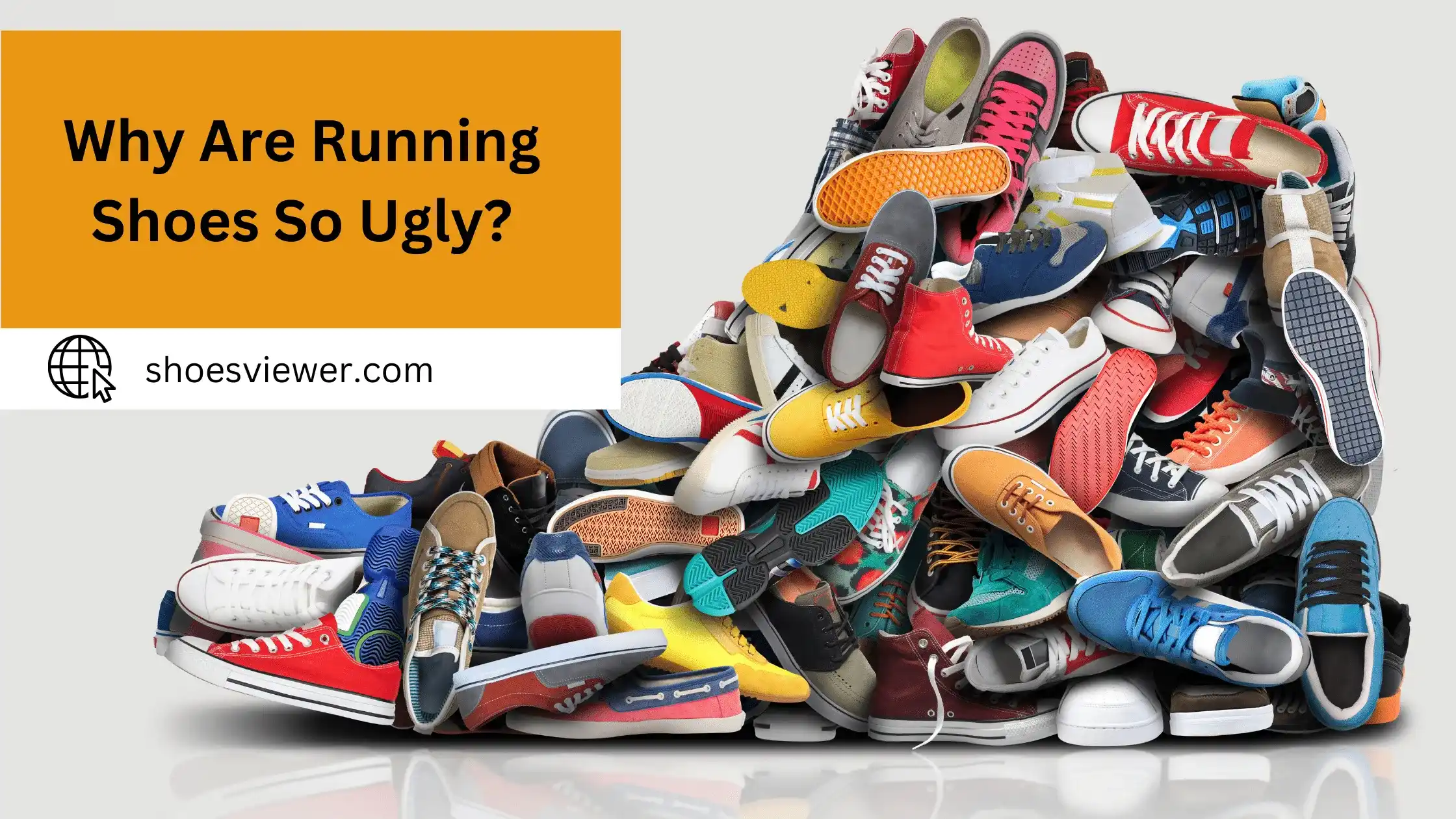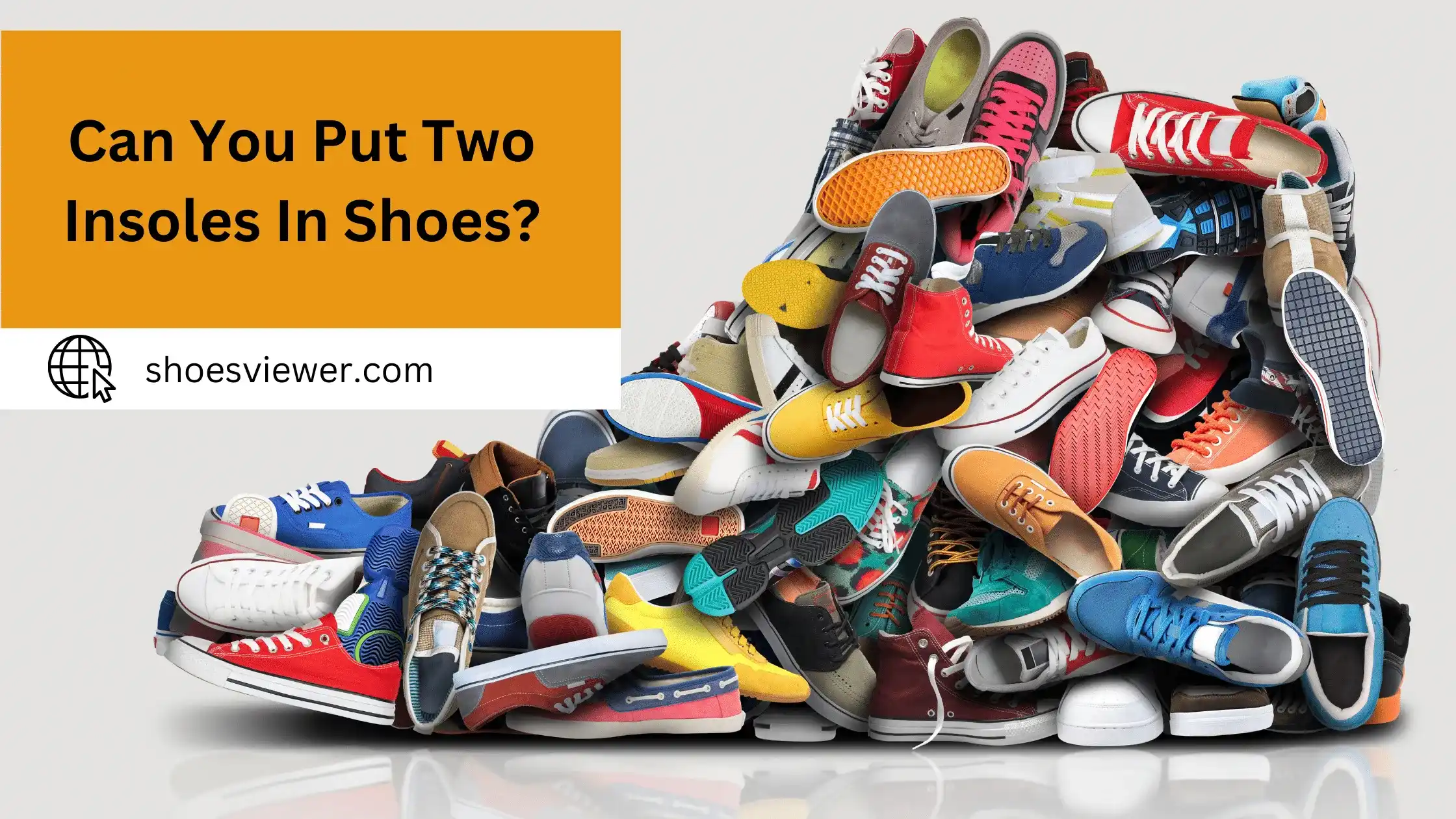Sneakers are one of the most versatile and beloved pieces of fashion around. Whether you’re going for a casual look or dressing up for a night out, they have something to offer everyone. But if you want to maximize your footwear options, it’s essential to understand the difference between classic shoe styles and rep shoes.
We’ll explore what these two types of shoes have in common and their key differences so that you can make an educated decision when selecting your next pair of kicks. You can find the perfect pair with simple tips and tricks, no matter which style is calling your name!
Digging Deeper - The Production Process of Reps and Real Shoes:
Here’s an in-depth look into the production process of Reps and Real Shoes:
Real Shoes:
Design:
Brands invest heavily in the design phase, involving research, conceptualization, and prototype development.
Material Sourcing:
Genuine materials are sourced, often emphasizing quality, durability, and sustainability.
Production:
- Usually produced in factories owned by or affiliated with the brand.
- Strict quality control measures ensure consistency and uphold the brand’s reputation.
Distribution:
Shoes are distributed through authorized channels, including brand stores, official online platforms, and authorized third-party retailers.
Marketing:
Significant investment in advertising, endorsements, and marketing campaigns.
Reps Shoes:
Design Copying:
Instead of original designs, replicators often reverse-engineer popular shoe designs or use leaked blueprints.
Material Sourcing:
Materials may be similar to the original, but there can be compromises in quality to cut costs.
Some high-end replicas might use quality materials to mimic the genuine product closely.
Production:
- It is produced in factories that might not have ties to known brands.
- Quality control can be inconsistent, with some factories producing high-quality reps and others producing inferior products.
Distribution:
They are often sold on unauthorized platforms, through third-party sellers, or in regions where copyright enforcement is lax.
Marketing:
Limited or covert marketing strategies. Some rely on word of mouth within communities interested in replicas.
Price Point - Comparing The Cost of Reps And Real Shoes:
Here’s how we can compare the pricing of Reps and Real Shoes :
Reps Shoes:
Price Range:
Typically much cheaper than their authentic counterparts. The price can vary depending on the quality of the replica. High-end replicas that closely mimic the original can be priced higher but are generally more affordable than the real deal.
Factors Affecting Price:
Production costs, quality of materials used, likeness to the genuine product, and market demand.
Real Shoes:
Price Range:
Genuine branded shoes are often sold at a premium. Limited editions or iconic brand models can be exceptionally high-priced.
Factors Affecting Price:
Brand reputation, quality assurance, research and development costs, marketing expenses, and exclusivity
Quality Check - Assessing The Material And Craftsmanship In Reps And Real Shoes:
Let’s look into the material and craftsmanship in Reps and Real Shoes.
Reps Shoes:
Materials:
Variable. Some reps use inferior materials to cut costs, while high-end replicas might use materials similar to the original.
Craftsmanship:
Can be inconsistent. Some replicas may have visible flaws, such as uneven stitching or misaligned logos. However, top-tier replicas might showcase craftsmanship that rivals authentic shoes.
Real Shoes:
Materials:
Brands typically use high-quality materials tested for durability, comfort, and aesthetics.
Craftsmanship:
Authentic shoes often have consistent and superior craftsmanship. Brands maintain stringent quality control measures to ensure each pair meets their standards.
Brand Value - The Impact of Authenticity on Consumer Preference:
Now, let’s discuss the impact of brand value and how it influences:
Perception of Authenticity:
Owning a genuine product often provides consumers with a sense of pride and prestige. Authenticity can be a status symbol, especially with luxury or limited-edition items.
Quality Assurance:
With authentic products, consumers expect and receive a certain level of quality. Brands have a reputation to uphold, reflected in their products' consistent quality.
Consumer Trust:
Genuine brands offer customer support, warranties, and return policies. This fosters trust between the brand and the consumer.
Emotional Connection:
Many consumers emotionally connect with certain brands based on personal experiences, loyalty, or the brand’s story. Authentic products reinforce this bond.
Resale Value:
Real shoes, especially limited-edition models, can hold or even appreciate over time. Replicas, on the other hand, usually have a weak resale market.
Legalities And Ethics - The Controversy Surrounding Reps And Real Shoes:
There are some legalities and basic ethics that include:
Intellectual Property Rights:
Real Shoes:
Brands invest significant design, research, and marketing resources. These designs are protected under intellectual property rights, including copyrights, trademarks, and patents.
Reps Shoes:
Producing and selling replicas can infringe on these rights, leading to legal consequences for manufacturers and sellers.
Ethics:
Replicas contribute to the counterfeit market, harming the economy, costing jobs, and reducing innovation incentives.
Consumer Deception:
Some sellers mislead consumers by selling replicas as genuine, causing financial and emotional harm.
Supporting Unfair Practices:
The replica market may be associated with unfair labor practices, inadequate working conditions, and other unethical behaviors.
Legal Consequences:
Brands actively combat counterfeiting by taking legal action against manufacturers and sellers of replicas.
In many countries, customs authorities seize counterfeit goods, including replica shoes.
Spot The Difference - Identifying Real And Reps Shoes:
Here are some of the significant differences to note while looking for Real or Reps shoes:
Packaging:
Authentic shoes typically come with branded packaging, often of high quality. Look for inconsistencies or misspellings on the box.
Quality of Materials:
Genuine shoes usually use premium materials. In replicas, even if the design looks similar, there might be noticeable differences in material quality.
Craftsmanship:
Check for uneven stitching, glue residues, misaligned logos, or other signs of inferior craftsmanship often found in replicas.
Authenticity Tags & Serial Numbers:
Many brands include serial numbers, holograms, or other authentication tags. Replicas might need these or have counterfeit versions.
Price:
If a deal seems too good to be true, it probably is. Meager prices can be a red flag for replicas.
Place of Purchase:
Buying from the brand’s official store or authorized retailers reduces the risk of getting replicas. Be wary of unauthorized sellers, especially on online platforms.
Documentation:
Genuine products might come with authenticity cards, care instructions, or other documentation. Replicas might need to include these or have low-quality versions.
Brand-Specific Details:
Each brand might have specific features unique to its products, for instance, a particular stitching pattern, sole imprint, or label positioning. Being familiar with these details can help in distinguishing real from fake.
Conclusion:
Whether you choose real shoes or reps, it’s important to vet them before purchasing. Be sure to research each shoe model and determine what materials and construction have gone into it and the standard asking price. You may be surprised at the differences and how much you can save if you opt for a rep product. Think twice about your shopping decisions and ensure you’re getting what you pay for when it comes to shoes. Happy shopping!
